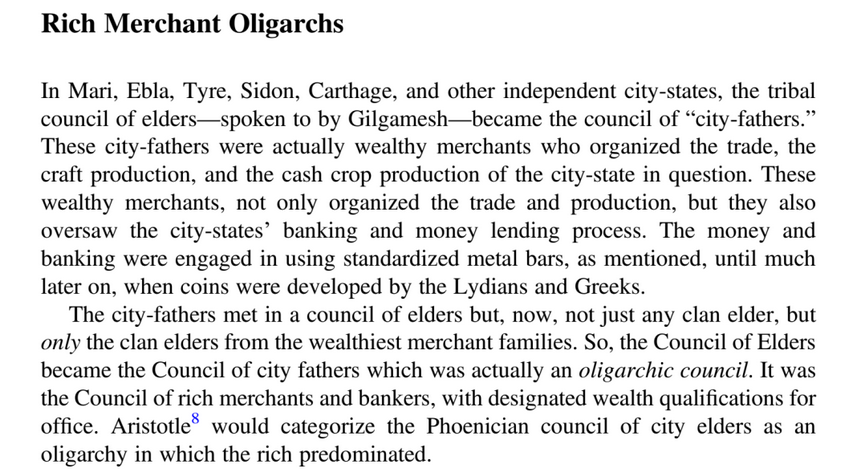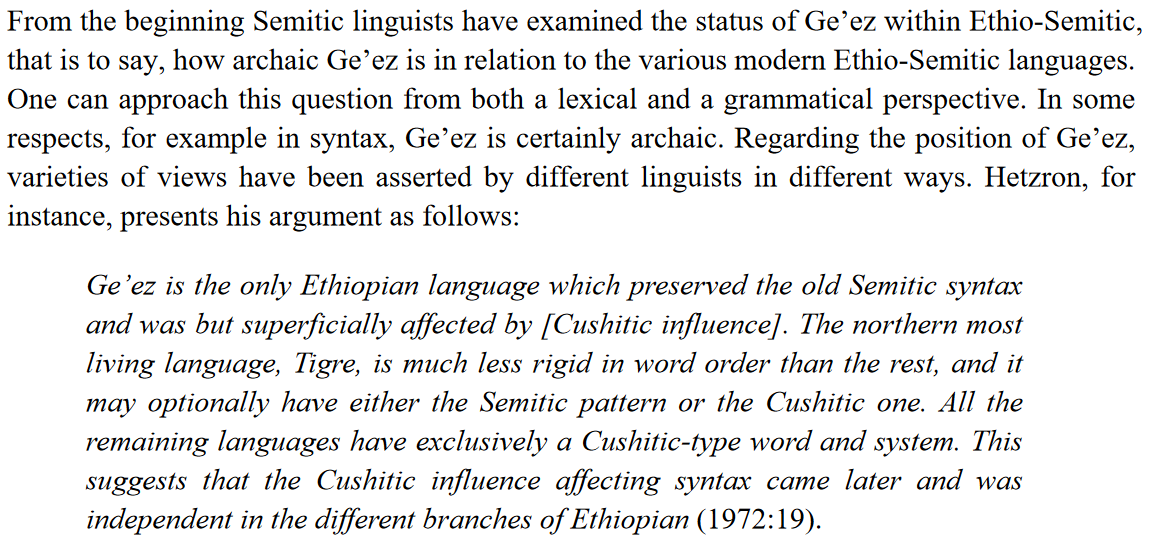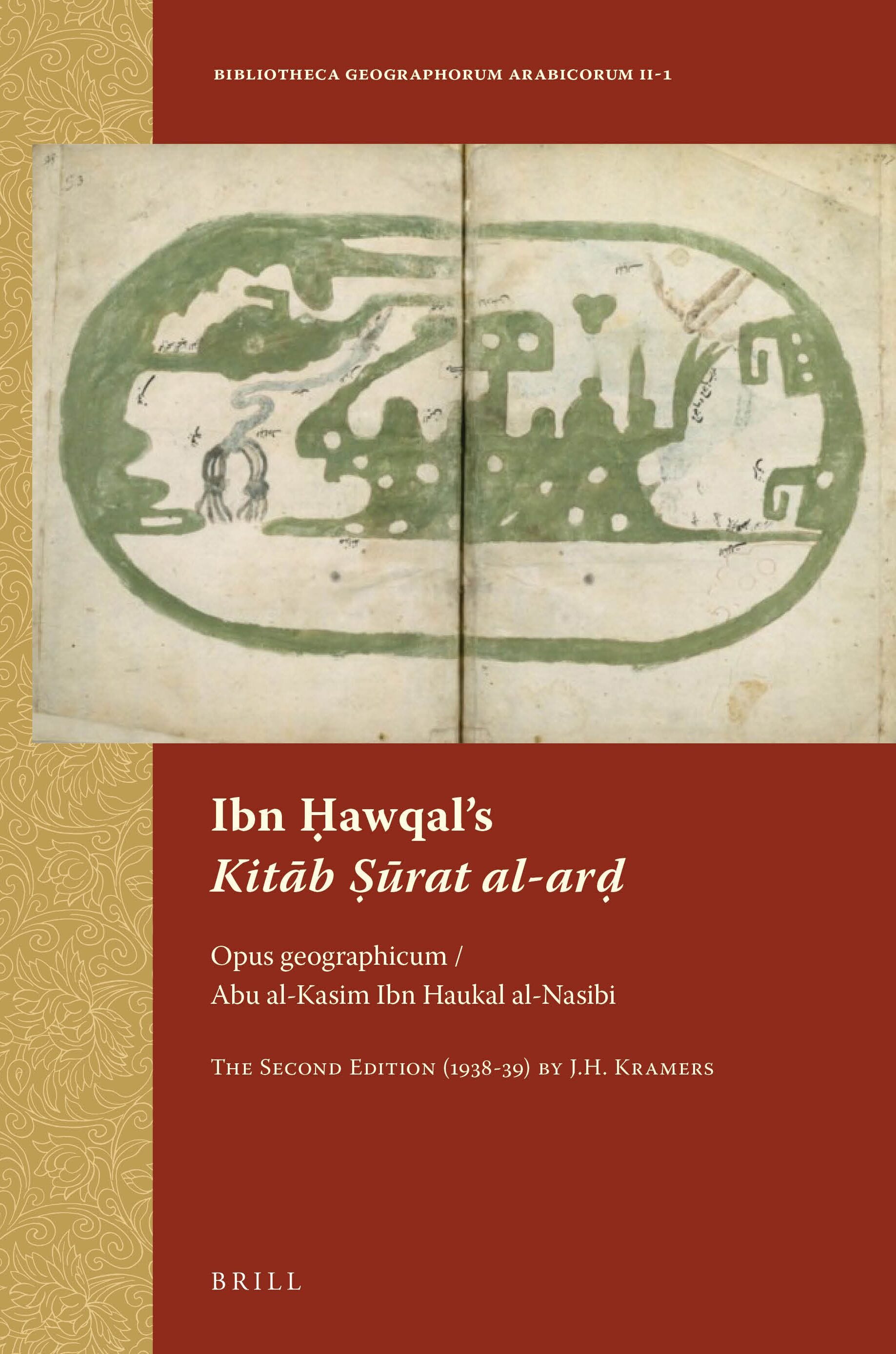Idilinaa
VIP
Wikipedia lied to me (again). I need to stop using that site for history that I'm not very well versed in

It's actually taken from Lee Cassaneli , he has a lot inaccuracies in his book ''The Shaping of Somali Society''. I disagree with many things he says in it.
The Habr Yunis sultanate is flat out made up, i looked through the ref lists, non mention this sultanate to exist.
I was confused when Puntite Queen linked me it. I was like i never heard of it.
Tbh, sometimes I feel the line between city state and kingdom/sultanate are blurred. Then again maybe I keep thinking that every city state should be like the powerful ones of Europe.
Could you inform me as to why Majeerteen/Hobyo were the few in the region to rule over wider territory like that? What developments did they have that say, Mogadishu or Berbera didn't that lead them to sultanate status?
Lastly, why did it take Bari until the 17th-19th century to unite into a sultanate?
Yes Step a Side talkes about this as well
Usually when a city becomes powerful ,larger and wealthy it expands to overtake the surrounding regions and country side, through conquest or through political and economic influence. Most large kingdoms emerge from the locus point of a city.
Kinda like Roman Empire, expanded from the city of Rome and the whole empire became named after it. It became its cultural/political center.
Mogadishu and Zeila was like that as well throughout the medieval period. All other provinces/cities became known as confederation of Zayla. And the Zayla based province of Awdal became associated with the whole empire.
It didn't take them until 17th century, they were the only Sultanate/Kingdom that survived after collapse semi-intact. It used to also include Sanaag.
The earliest mentions of an organized sultanate in Bari is mentioned in the 900s. The first interior muslim city is metioned in nugaal in the 1100s and the modern unified sultanate is recorded in traditions to be founded in the 1420 and in the 1500s it is mentioned as a Kingdom that is under Awdal, but under a seperate leadership. It re-organized under a new Uthman Mahmuud dynasty in 1620 by the 17th sultan in line Uthman Mahmuud the 1st
Last edited:




